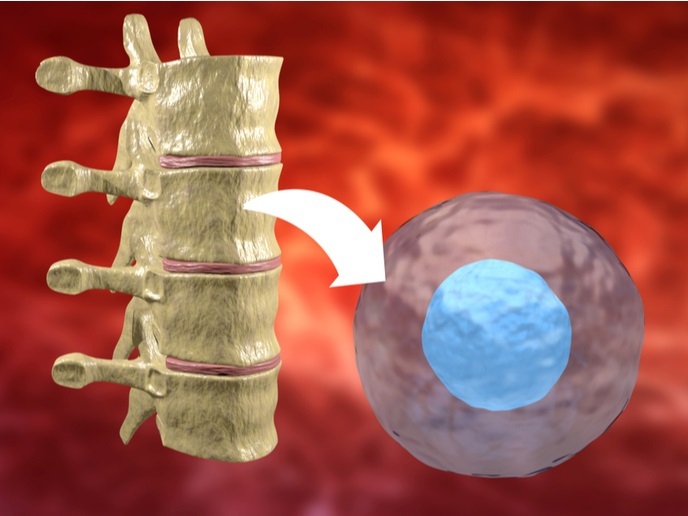Adenovirus vectors: From bench to clinic
Gene therapy is gaining ground as a potential strategy for the long-term correction of neurological diseases. Some vectors based on adenoviruses are good candidates for gene delivery to the brain due to the natural neuronal tropism of this virus. The episomal nature and high cloning capacity of adenovirus vectors enable them to carry entire genes with their regulatory elements and achieve long-term expression. Scientists of the EU-funded BRAINCAV(opens in new window) project previously showed that canine adenovirus type 2 (CAV-2) vectors preferentially transduce neurons. More importantly, they circumvent the ubiquitous human anti-adenovirus memory immune response. These findings formed the basis for the design of the BRAINCAV study, which primarily aimed to advance these vectors so that they could be used in the clinic. Detailed information is provided on the project website. The consortium addressed various aspects of these vectors in terms of their attachment to brain cells, internalisation and their impact on host gene expression. Histological analysis of tissue sections for the adenovirus receptor CAR indicated that its expression pattern was consistent with CAV-2 tropism. Moreover, it was also implicated in vector binding and entry into the cells. A safe biodistribution profile was seen following injection of CAV-2 vectors in the brain. However, global transcriptional analysis of target neurons indicated that like other viruses (Ad5, HIV, AAV), CAV-2 vectors affect immune response, DNA damage and cell-trafficking pathways. In particular, transduction with CAV-2 vectors triggered a gene expression profile consistent with anti-viral innate immune responses. Nonetheless, CAV-2 injection in certain pre-clinical animal models successfully treated their neurodegeneration, memory and learning capacities. CAV-2 vectors were also used as tools to develop novel Parkinson's disease models by delivering a mutant LRRK2 gene. Detailed behavioural studies, characterisation of the motor skills and brain cell populations of these animals confirmed the validity of the models. These models could provide an invaluable tool for studying disease pathogenesis and for screening new therapies in the future.







